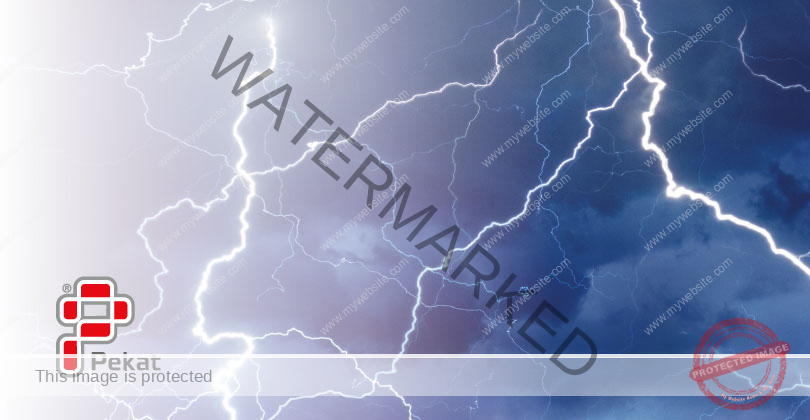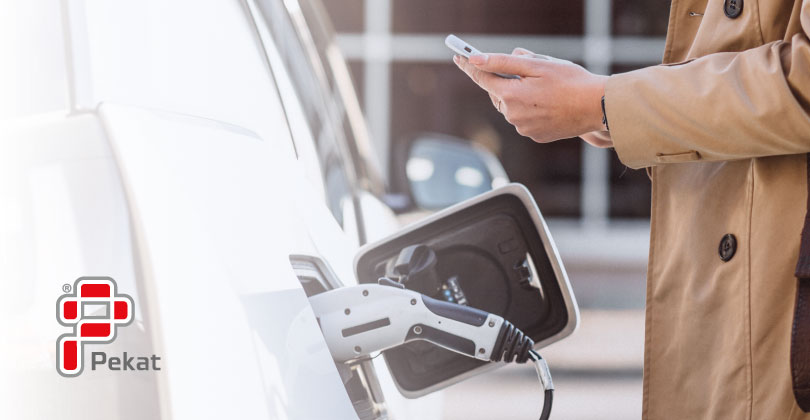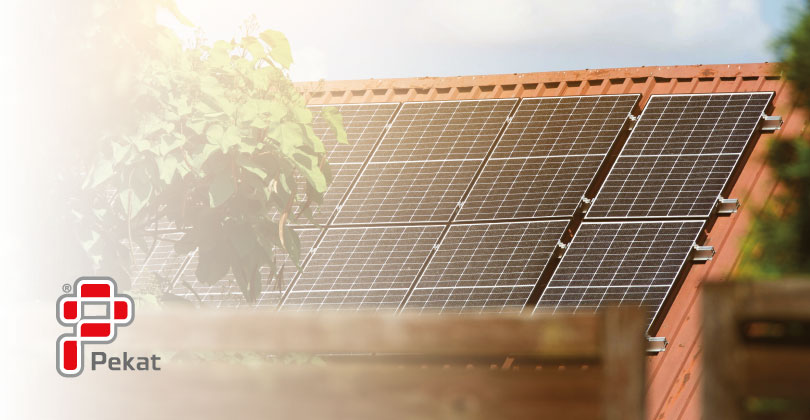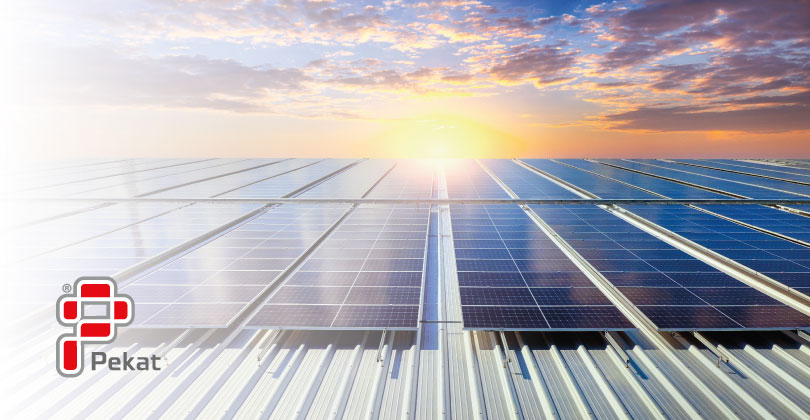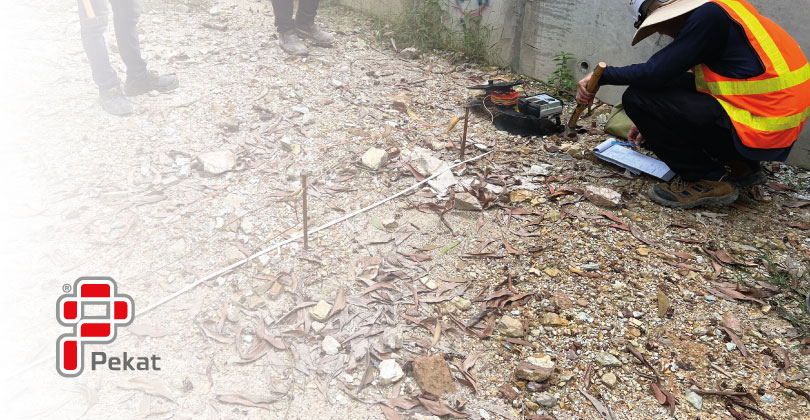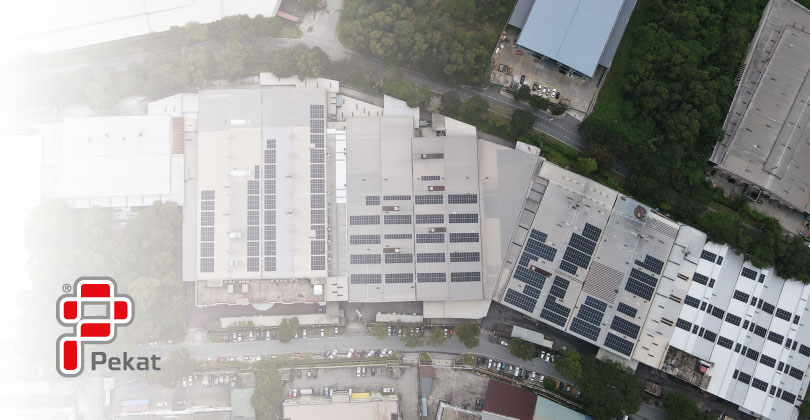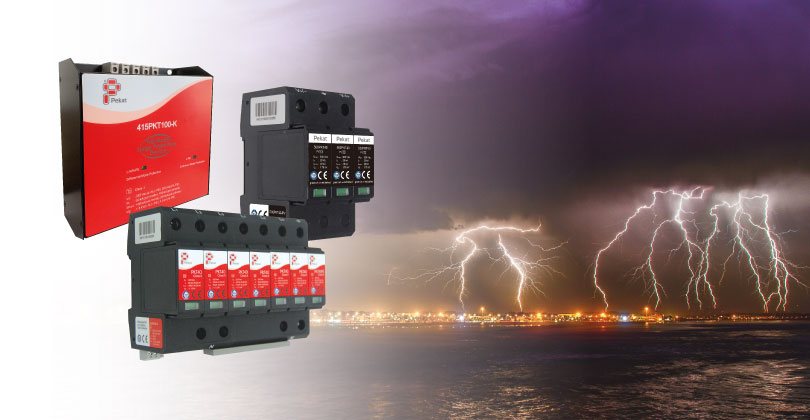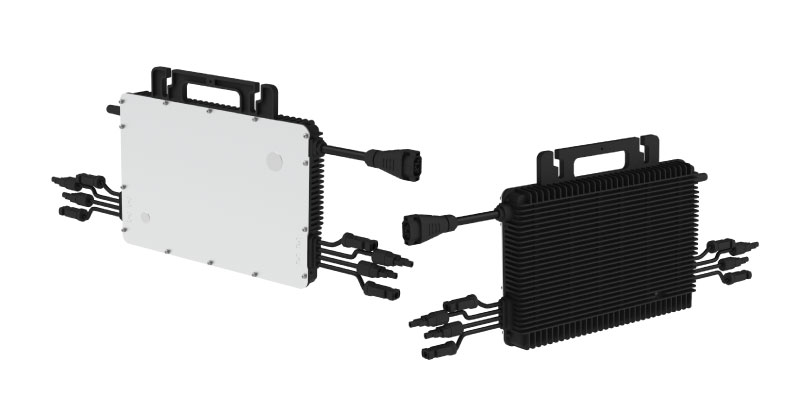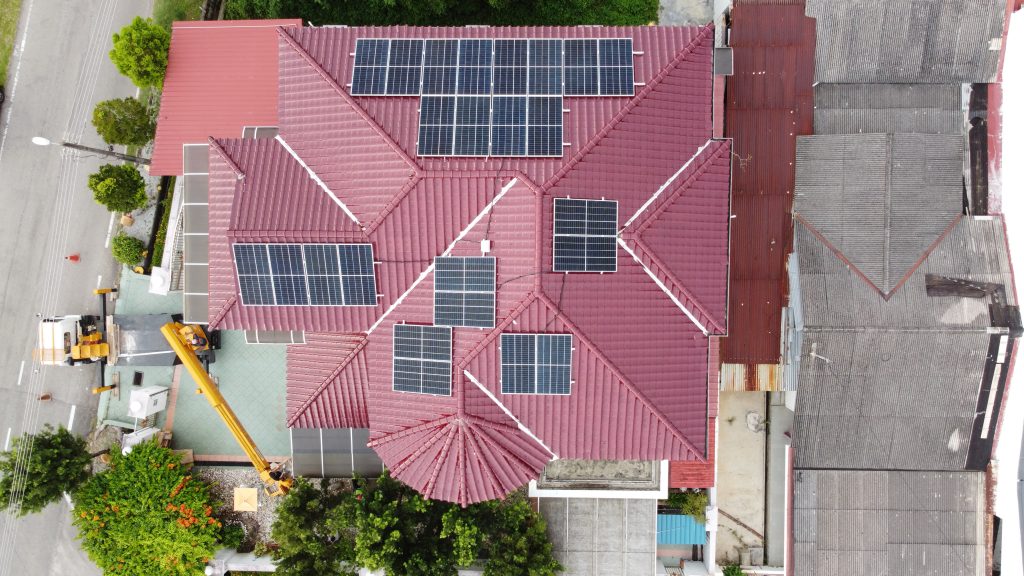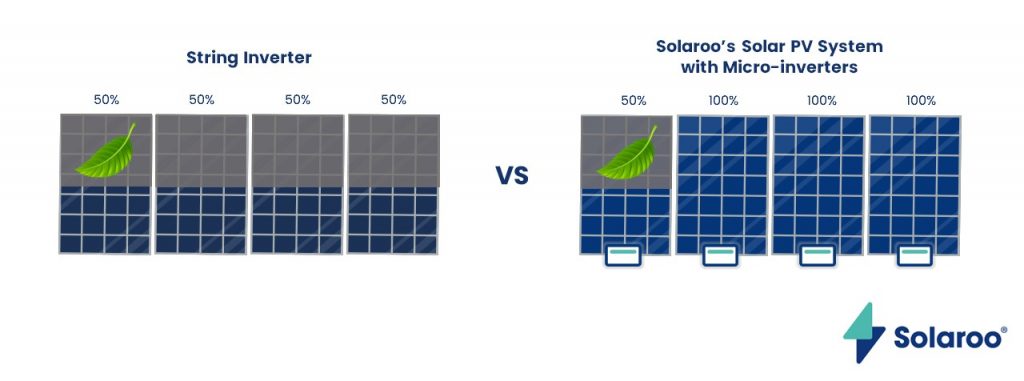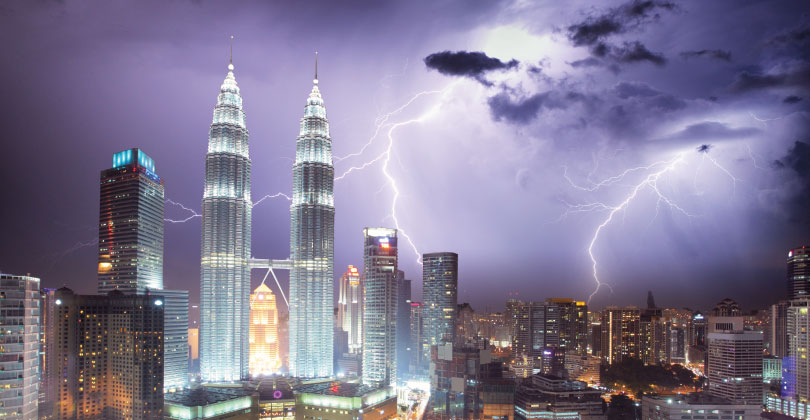Lightning strikes can be destructive, but the right protection systems can minimise risks to buildings and assets. However, many misconceptions persist, leading to misunderstandings about how these systems work and what they can do.
By debunking these myths, we can ensure proper understanding and better safety practices are put in place.
Debunking the Myths
- Lightning Rods Attract Lightning
It’s a common misconception that lightning rods attract lightning. In reality, they don’t lure strikes but instead provide a controlled path for lightning to travel to the ground, minimising damage to the structure.
- Indoor Safety is Always Guaranteed
While staying indoors during a storm is crucial, certain household activities can still expose you to risk. Avoid using wired electronics or plumbing fixtures, as they can conduct electrical energy if struck.
- Only Tall Buildings Need Protection
The idea that only tall buildings require lightning protection is misleading. In fact, any building or structure is at risk of a strike, particularly if it is located in an area prone to storms or if it houses sensitive equipment.
- Metal Components Offer Full Protection
While metal roofs or frames may conduct electricity, they are not sufficient for full lightning protection. Comprehensive grounding and earthing systems are essential to ensure safety and effectiveness.
- Lightning Protection Systems Prevent Strikes
Lightning protection systems do not prevent strikes but aim to mitigate the damage caused by them. These systems direct the energy away from critical areas, reducing the risk of fire or structural damage.
- Trees Near Buildings Provide Protection
Many believe that trees near buildings offer protection. However, this increases the risk of lightning strikes, as a strike to a tree can transfer energy to the building, potentially causing greater damage.
- Surge Protectors Are Enough
Surge protectors are important, but they are not a substitute for proper grounding and earthing. They can help protect electronics from power surges, but they need to work in conjunction with a complete lightning protection system.
- Lightning Strikes Rarely Occur in the Same Place Twice
Contrary to popular belief, lightning often strikes the same location multiple times, particularly in tall structures. Tall buildings, towers, and communication masts are frequent targets.
- Lightning Protection Systems Are Too Expensive
Though the initial investment may seem high, lightning protection systems are cost-effective when compared to the potential damage caused by a lightning strike. These systems help protect valuable assets and prevent costly repairs.
Why Proper Lightning Protection is Essential
Implementing an effective lightning protection system offers numerous benefits:
- Enhanced Safety: Protects lives and critical infrastructure.
- Damage Prevention: Reduces the risk of fires and structural damage.
- Cost Savings: Avoids the high costs of repairs, replacements, and downtime.
Pekat’s Role in Lightning Protection
Pekat provides comprehensive earthing & lightning protection systems that meet both international and local safety standards. By adhering to certifications like ISO 9001 and ISO 50001, Pekat ensures that every component and installation is designed to deliver maximum protection.
Pekat’s comprehensive solutions include:
- Lightning Protection, Grounding and Earthing Systems: Effectively channel lightning energy into the ground, minimising the risk of damage.
- Surge Protection Devices: Safeguard sensitive electronics from power surges.
- Structural Bonding Solutions: Ensure safety by reducing electrical differences and providing a uniform electrical potential.
These solutions not only safeguard physical assets but also contribute to long-term sustainability by minimising environmental impact.
Investing in a certified earthing and lightning protection system from Pekat is a smart step toward protecting your property and enhancing safety. Learn more about these systems and their benefits at www.pekat.com.my.

